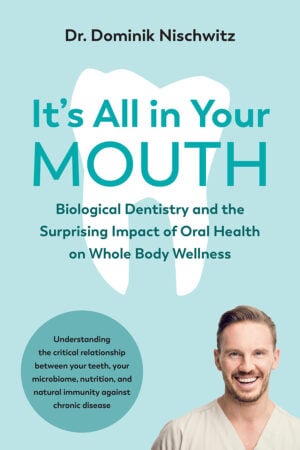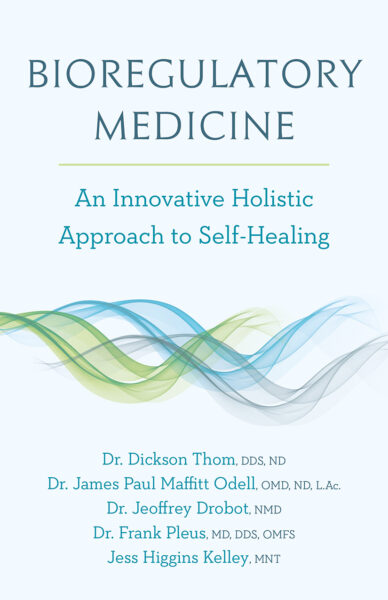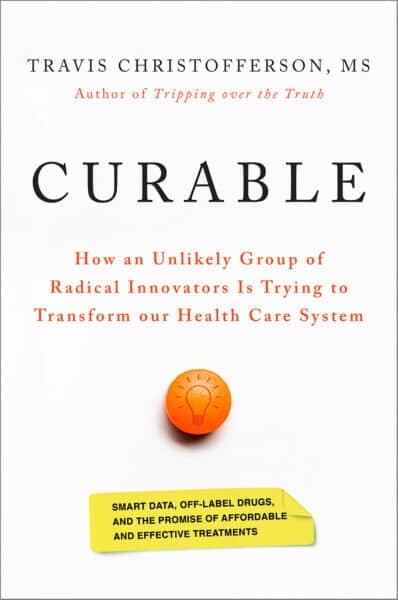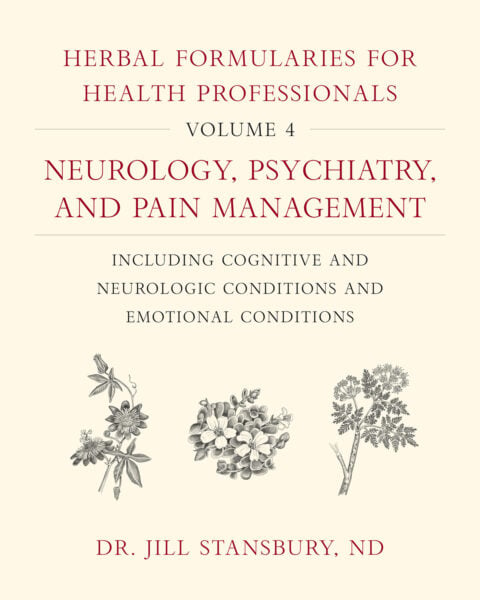Mercury Fillings and Their Dangers: Never the Right Solution
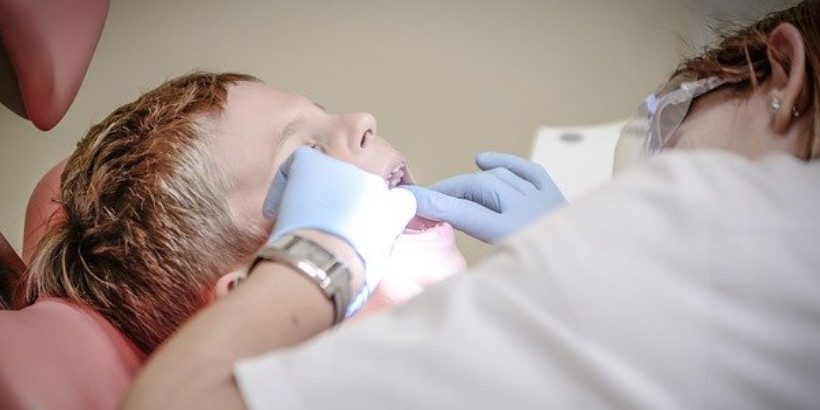
Did you know silver fillings (also called amalgam fillings) contain at least 50% mercury? Did you know mercury is highly toxic? In fact, if an amalgam filling has to be taken out, it needs to be thrown away in the hazardous waste bin.
The following is an excerpt from It’s All In Your Mouth by Dominik Nischwitz. It has been adapted for the web.
Prefer Audio?
Listen to the following excerpt from the audiobook of It’s All In Your Mouth.It has been adapted for the web.
For the last fifty years, it has been standard practice to fill teeth with metal. After all, dentistry was understood to be a handicraft first and foremost, which is why people put their faith in materials that promised durability and easy processing above all. Whether or not the body is able to handle these materials has rarely come into question up until now.
Amalgam and gold alloy are all still used, mainly because health insurance companies pay for them. Unfortunately, it isn’t the overall health of the patient that is the most important for these companies, but that the materials used are “sufficient and appropriate”—in other words, as cheap as possible—as stated in paragraph 28, section 2 of the fifth German social security statute book.
Of course, each person is free to choose the material they want, but they then have to pay the remaining costs themselves. Health insurance policies only cover costs that would be incurred for the cheapest option, or, in their words, “economic and necessary.” Most dentists don’t have a problem with this, because they learn at school that amalgam works well and has been used for a long time in these procedures.
The cheapest option is unfortunately still amalgam.
Exceptions can be made for the more visible front teeth. Health insurance pays for slightly better-quality, light-colored composite fillings in this case. Since July 2018 dentists are no longer allowed to use amalgam in adolescents, pregnant women, or nursing mothers. Oh, and one more thing: If an amalgam filling has to be taken out, it should be thrown away in the hazardous waste bin.
I have never understood how it can be okay to use amalgam in patients if this is the case. Incidentally, this doesn’t happen everywhere. In many countries, amalgam has been completely banned as a dental material. Although dentists incorporate most foreign substances into the body immediately after they come from the orthopedist, they don’t learn very much about their effects and compatibility. As a dentist, if you want to find out what materials will work with the human body, you have to look to other disciplines.
Biochemists know very well, for example, what effect low dosages and the chronic toxicity of metals have on the human organism.
Metal ions are positively charged and, like toxins, they like to bind with enzymes. Metal ions, however, are even more obtrusive—they also bind with red blood cells, proteins, and the membranes of nerve cells, as well as interfering with the work of immune messengers and neurotransmitters. When such important areas and communication pathways in our bodies are disrupted or blocked, this can essentially lead to any type of disease: allergies, autoimmune diseases, dementia, hormone disruption, and even diseases of the gut. That’s not to say that amalgam is to blame for everything; rather, the heavy metals it contains can play a significant role in a number of diseases.
What exactly is amalgam?
Amalgam is the generic term for all metal mixtures containing mercury, which makes it a so-called alloy (in Arabic: “melting ointment”). The mercury component of amalgam is always at least 50 percent, while other metals are mixed in varying amounts, meaning there are many different types of amalgam that all differ significantly in their properties. People with multiple amalgam fillings, therefore, have several different alloys in their teeth.
One of the reasons why amalgam is still used in dentistry is the argument that the materials are firmly bound in the filling once they have been mixed and therefore cannot cause any harm to the patient at all. Unfortunately, this isn’t true. A small amount of mercury vapor is released daily through everyday processes such as chewing, grinding, brushing teeth, and drinking hot or cold drinks. These amounts may be in the microgram range, but where mercury is concerned, even this can be enough to produce a toxic effect. It has been proven that even one molecule of mercury can destroy nerve cells.
Mercury is considered to be the most toxic nonradioactive element, surpassing all other known elements including lead, cadmium, and arsenic—sometimes by far. In tests carried out on animals, a pathological change in the brain could be detected after just fourteen days of wear 1. If approximately two to three micrograms of mercury vapor is released from a filling per day, this is classed as low-dose, chronic poisoning. On average amalgam fillings last for twenty years. In several studies, roughly a two- to fivefold increase of mercury was observed in the blood and urine of living amalgam carriers. In tests on deceased patients, two to twelve times this amount was found in body tissues. There are other sources from which we ingest mercury, such as fish.
But amalgam is still the main source of mercury in the body.
1 James C. Pendergrass and Boyd E. Haley, “Mercury EDTA Complex Specifically Blocks Brain-Tubulin-GTP Interactions: Similarity to Observations in Alzheimer’s Disease,” in Status Quo and Perspectives of Amalgam and Other Dental Materials, eds. L. T. Friberg and G. N. Schrauzer (Stuttgart, DE: Thieme, 1995), 98–105; James C. Pendergrass and Boyd E. Haley, “Inhibition of Brain Tubulin- Guanosine 5’-Triphosphate Interactions by Mercury: Similarity to Observations in Alzheimer’s Diseased Brain,” Metal Ions in Biological Systems 34 (1997): 461–78.
Recommended Reads
Recent Articles
Garlic mustard: while known as “invasive,” this plant can be consumed in its entirety and has great nutritional value. Plus, the garlic-flavor is a perfect addition to any recipe that calls for mustard! The following are excerpts from Beyond the War on Invasive Species by Tao Orion and The Wild Wisdom of Weeds by Katrina…
Read MoreMany know the effects of catnip on our feline friends, but few realize that catnip has medicinal effects for humans. From stomach aches to reducing fevers, catnip is a versatile herb with many benefits. The next time you grow this plant for your cat you may end up taking a few cuttings for yourself! The…
Read MoreWhether you’re looking to replace your end-of-the-day cocktail, relax before bed, or want something new to add to your tea, this non-alcoholic mocktail syrup base will do the trick. Delicious and all-natural, take a sip of this nightcap mocktail and feel your troubles melt away. The following is an excerpt from Herbal Formularies for Health…
Read MoreSurprisingly, medicine can actually be delicious. This anti-inflammatory smoothie uses natural (and tasty!) ingredients to help reduce inflammation caused by any number of circumstances. The following is an excerpt from Herbal Formularies for Health Professionals, Volume 4 by Jill Stansbury. It has been adapted for the web. RECIPE: Ginger and Pineapple Anti-Inflammatory Smoothie This is an all-purpose…
Read MoreMake your own delicious, healthy, probiotic sauerkraut! Four easy steps are all you need to turn fresh garden veggies into a long-lasting, tangy, pungent condiment. The following excerpt is from The Art of Fermentation by Sandor Ellix Katz. It has been adapted for the web. 4 Simple Steps to Making Sauerkraut The English language does…
Read More

